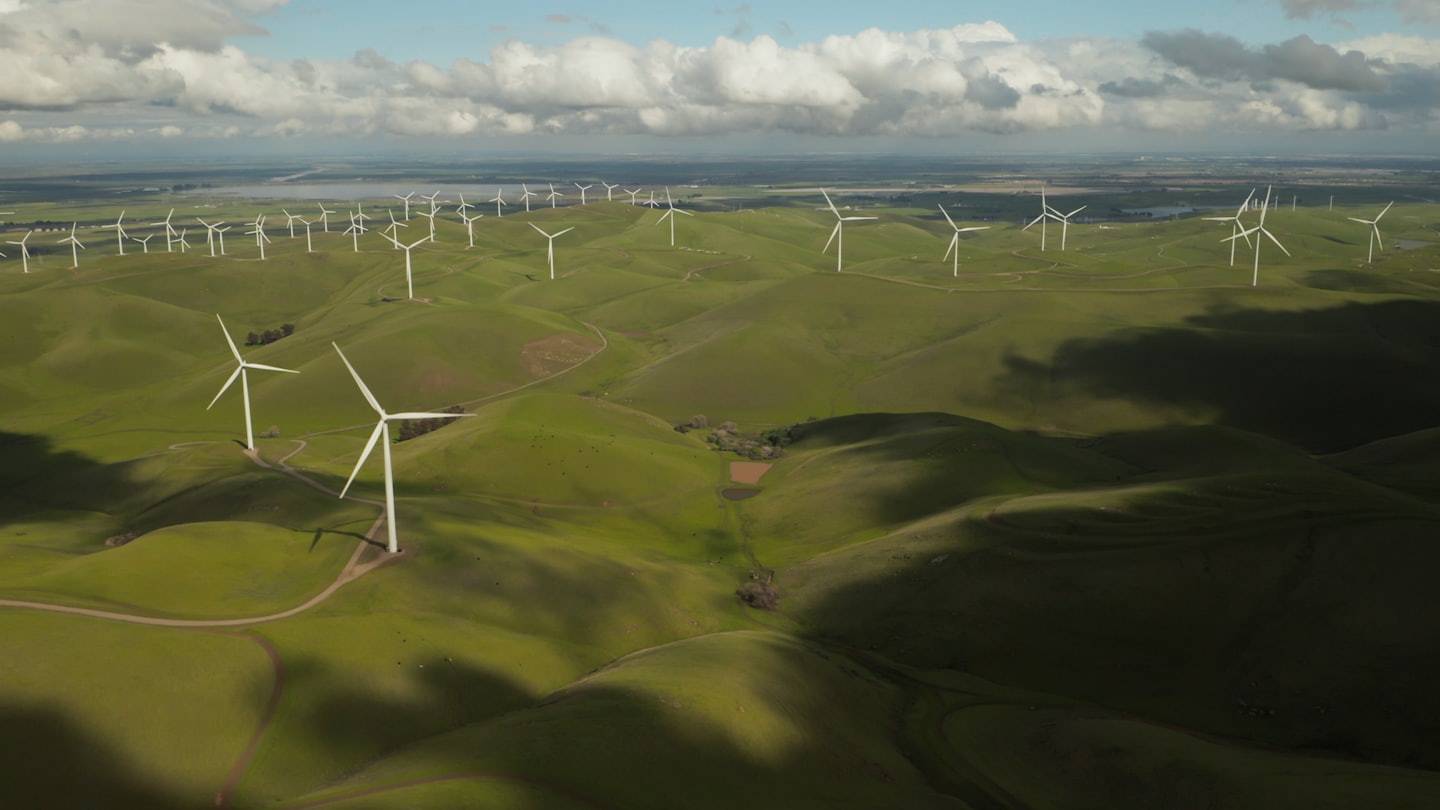Imagine for a moment that our planet Earth is a majestic spaceship, plying the cosmos with an incredibly diverse crew: us humans, along with millions of other life forms. For centuries, this ship has provided us with everything we need: pure air to breathe, crystal clear water to drink, amazing landscapes to explore, and abundant resources to build our lives.
But, as in any great space adventure, challenges arise. Over the past few decades, we’ve started to notice that something isn’t right on board. Warning lights flash more frequently, vital systems show signs of stress, and the harmony that once reigned begins to fade.
“Facing the challenges of environmental policy is not only a matter of laws, but of collective will. Turning the tide requires courage, knowledge and the conviction that a sustainable future is possible and necessary.”
The cause? To a large extent, ourselves. Our growing thirst for resources, driven by development and progress, has put unprecedented pressure on the delicate balances of our spacecraft. We have burned fossil fuels at a breakneck pace, releasing invisible gases that are warming the atmosphere like an uncontrolled furnace. We have cleared ancient forests, green lungs that regulate our air, at an alarming rate. We have polluted rivers and oceans, the vital arteries that sustain life.


One of the biggest challenges is the diversity of interests. Every country, every community, even every individual, has its own priorities and perspectives. What may be an unacceptable economic cost for an industrialized nation, for a small island threatened by rising sea levels is a matter of survival. Achieving a global consensus, where everyone is willing to give a little for the common good, is a titanic task.
Then there’s the complexity of the problems themselves. Climate change, biodiversity loss, air and water pollution are not isolated challenges; they are interconnected in an intricate web of causes and effects. Addressing one often has implications for others, requiring comprehensive, long-term solutions, rather than superficial patches.
Another major obstacle is lack of information and misinformation. Sometimes, the science behind environmental issues can seem overwhelming and confusing. This opens the door to the spread of misinformation or self-serving, making it difficult for people to understand the urgency and magnitude of the challenges and thus support the necessary policies.
In addition, environmental policy often faces resistance to change. Implementing new regulations, investing in cleaner technologies, or modifying our consumption habits can lead to fears about the economic impact or loss of amenities. Overcoming this inertia and demonstrating the long-term benefits of a healthy planet is crucial.
But all is not lost. Just like in the best adventure stories, there is also hope and opportunity. Awareness of environmental issues is growing, especially among the new generations, who are increasingly demanding of action. Technological innovation offers us promising tools to reduce our ecological footprint. And international collaboration, while challenging, remains the best avenue for finding global solutions.
Environmental policy, in short, is the roadmap we must draw up to ensure that our spacecraft Earth remains habitable and prosperous for future generations. It is not an easy task, but it is an essential mission. It requires the intelligence and determination of our “engineers”, but also the understanding, collaboration and commitment of each of us, the “passengers”.
The adventure continues, and the future of our planet is in our hands. Will we rise to the challenge?

Deja un comentario